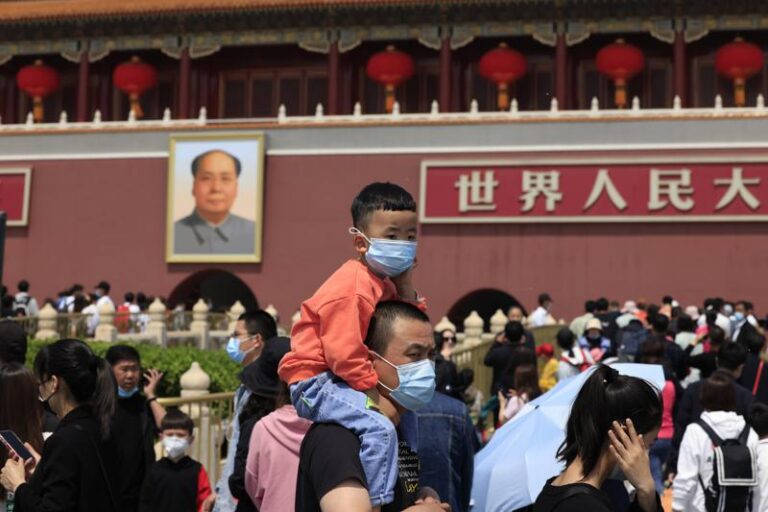
(AP) — China’s ruling Communist Party will ease birth limits to allow all couples to have three children instead of two to cope with the rapid rise in the average age of its population, a state news agency said Monday.
The ruling party has enforced birth limits since 1980 to restrain population growth but worries the number of working-age people is falling too fast while the share over age 65 is rising, adding to strains on the economy and society.
A meeting Monday of the party’s Politburo decided “China will introduce major policies and measures to actively deal with the aging population,” the Xinhua News Agency said.
Party leaders “pointed out that further optimizing the fertility policy, implementing the policy of one couple can have three children and supporting measures are conducive to improving China’s population structure,” the report said.
It gave no details on when or how the change would be carried out.
China’s population of 1.4 billion already was expected to peak later this decade and start to decline. Census data released May 11 suggest that is happening faster than expected, straining underfunded pension and health systems and cutting the number of future workers available to support a growing retiree group.
Restrictions that limited most couples to one child were eased in 2015 to allow all to have two. But after a brief rise the next year, births declined. Couples say they are put off by the cost of having children, disruption to jobs and the need to look after their own parents.
The share of working-age people 15 to 59 in the population fell to 63.3% last year from 70.1% a decade earlier, according to the census data. The group aged 65 and older grew to 13.5% from 8.9%.
The 12 million births reported last year was down nearly one-fifth from 2019.
About 40% were second children, down from 50% in 2017, according to Ning Jizhe, a statistics official who announced the data on May 11.






